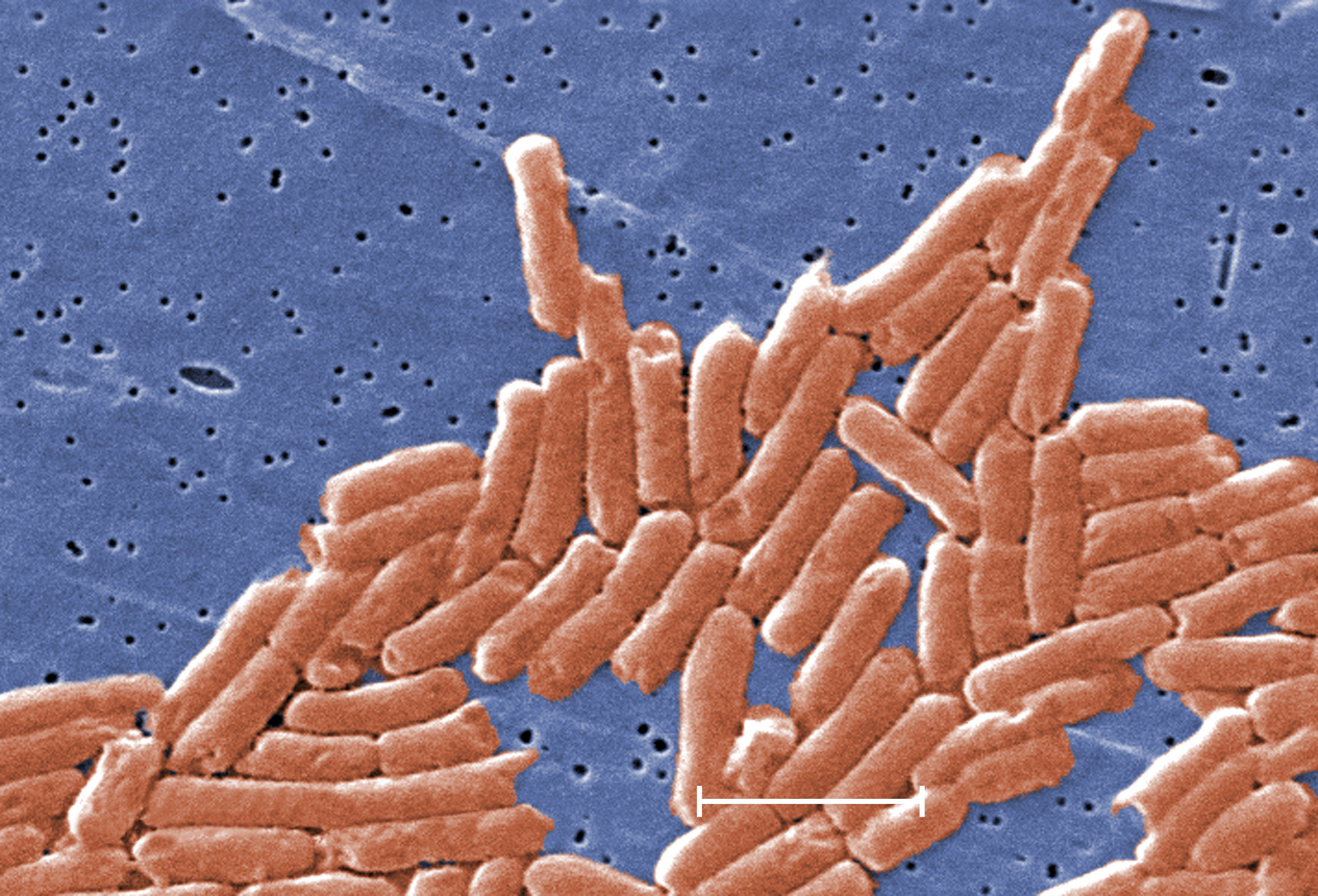
A common food poisoning bug can act as a “Trojan horse” to help the immune system fight cancer, scientists have discovered.
The salmonella bacteria can infiltrate tumours and flag the cancer cells up to the body’s immune defences, making them a target for attack.
Cancers have evolved ways of evading the immune system and are often left alone because they are not seen as “foreign”.
The salmonella strain engineered by the South Korean researchers is a million times less potent than the version of the bug that causes food poisoning.
Early animal tests have proved so successful that the team is now seeking funding for clinical trials.
In mice with bowel cancer, more than half the animals were completely cured without any side effects.
Professor Joon Haeng Rhee, from Chonnam National University Hwasun Hospital in Jeonnam, South Korea, said: “We believe that this was turning tumour-helping immune cells, Dr Jekyll, into tumour-killing ones, Mr Hyde.”
Previous studies have looked at using bacteria to carry anti-cancer drugs into tumours. However, this is the first time scientists have used the body’s own response to salmonella to combat cancer.
The discovery arose from an unrelated study when scientists found that bacteria attacking shellfish produced a protein that triggered a strong immune response.
The modified salmonella releases the same protein to spur the immune system into action.
Professor Kevin Harrington, from The Institute of Cancer Research, London, said: “It has been known for some time that certain types of bacteria, including strains of salmonella, are able to grow in tumours but not in normal tissues.
“However, until now, attempts to use bacteria as anti-cancer therapies have had limited success, both in the laboratory and in the clinic.”
The research was reported in Science Translational Medicine, one of a family of journals published by the American Association for the Advancement of Science (AAAS) which is holding its annual meeting in Boston.

Enjoy the convenience of having The Sunday Post delivered as a digital ePaper straight to your smartphone, tablet or computer.
Subscribe for only £5.49 a month and enjoy all the benefits of the printed paper as a digital replica.
Subscribe